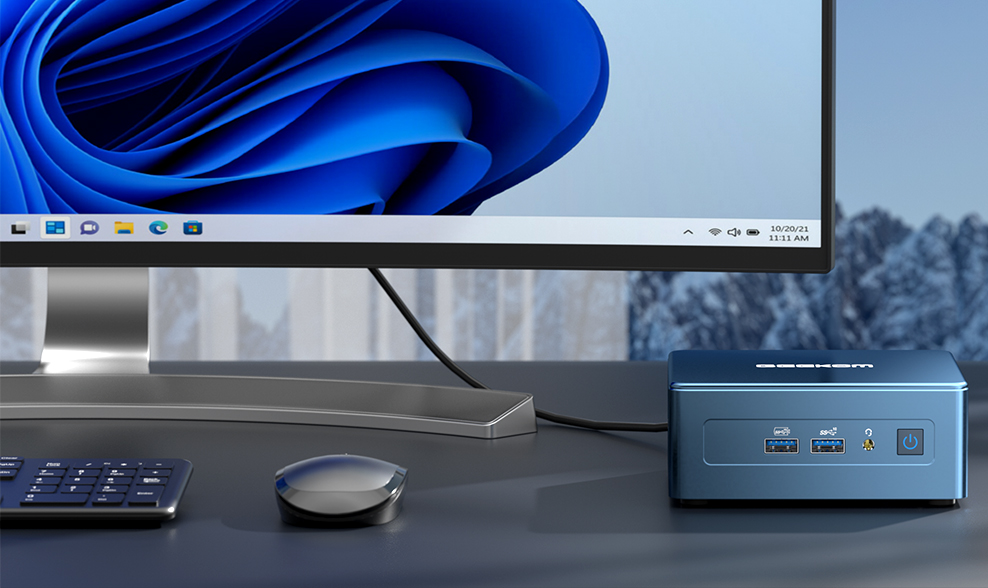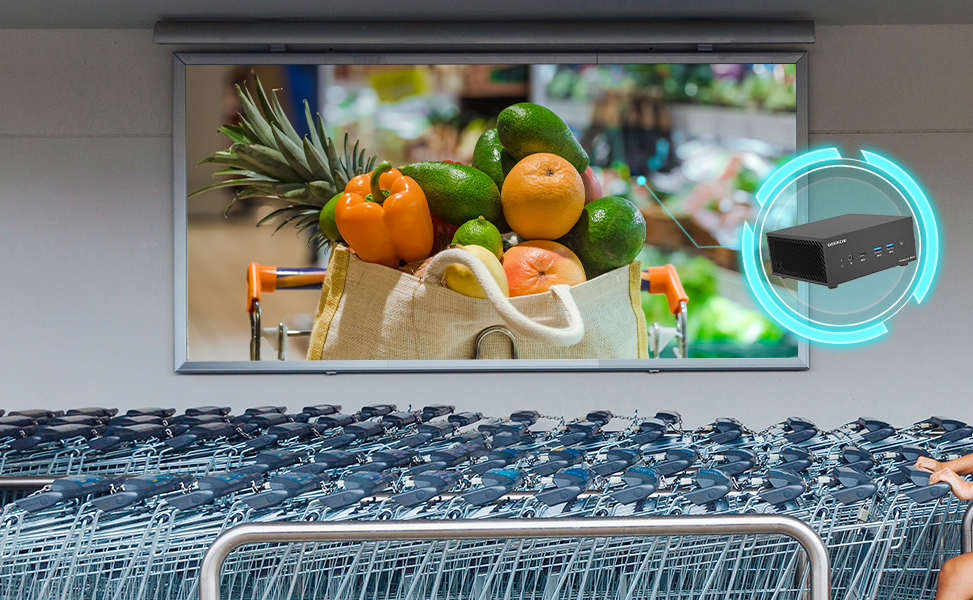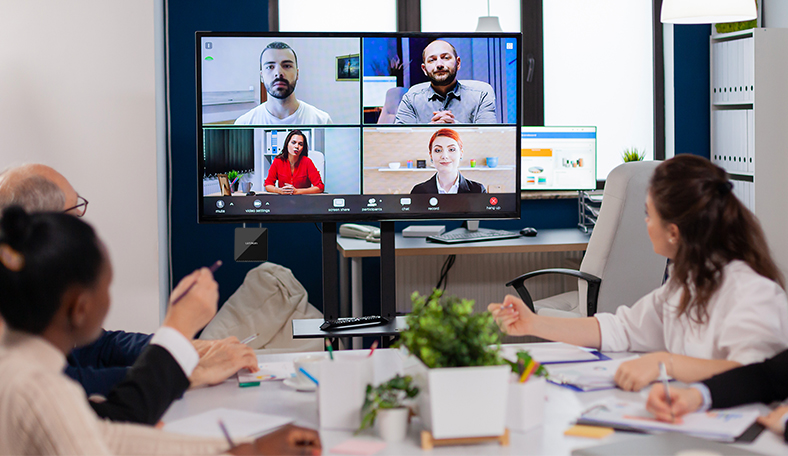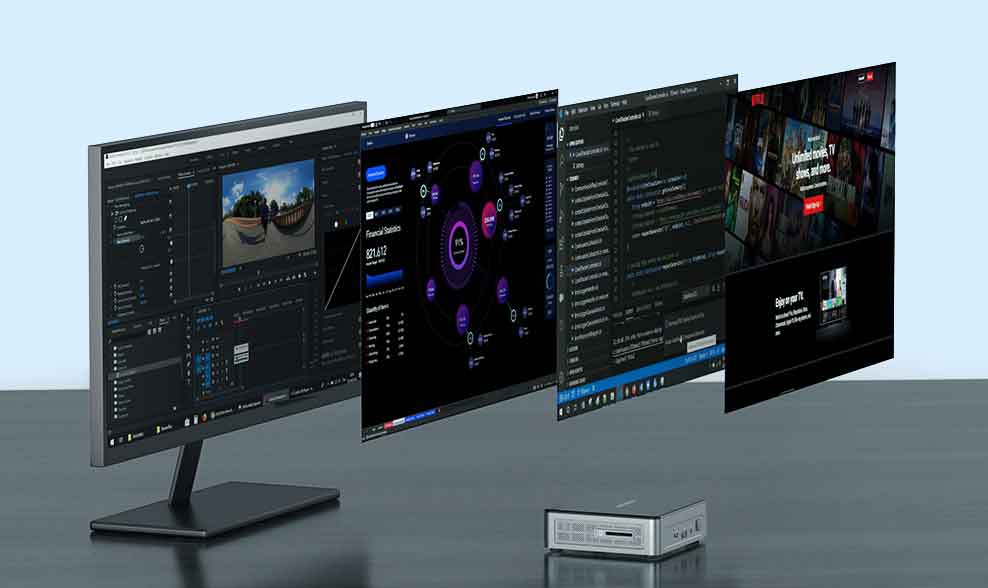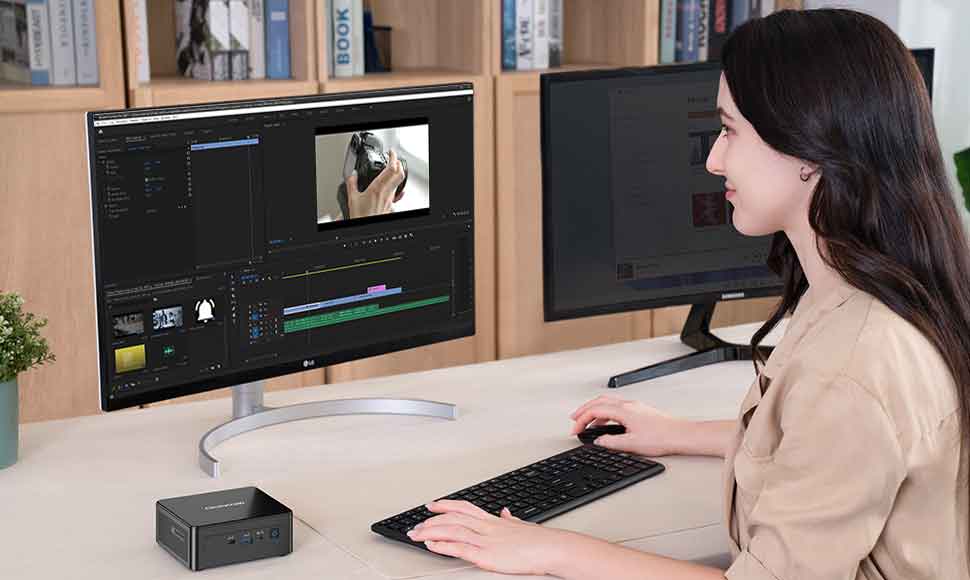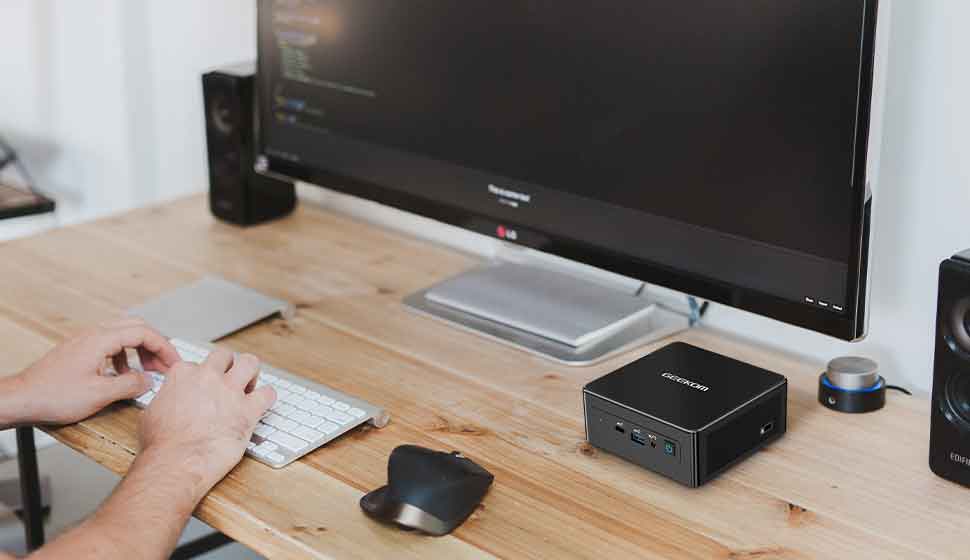Let's be honest. With their small size and portability, mini PCs are impressive machines.
So if you're looking to buy your next favorite computer, we don't blame you. But before you pull the trigger, make sure you know what you're getting into. There are a few aspects that can make or break your transition from a traditional computer to a miniature computer.
What are these aspects? This post describes everything you need to make an informed decision.
So let's jump right in.
1. Make sure it is a ready-to-use model
Did you know that there are two main types of mini PCs?
On the one hand you have the ready-to-go option that includes everything. That means your little computer comes with a working motherboard, processor, hard drive, and RAM. Basically, the ready-to-go models have everything you need to start using your new computer right out of the box.
Many people don't know this, but there is also one Barebone option, which requires you to install the hard drive and RAM yourself. In fact, you have to buy these components separately as they do not come with the Mini PC.
Unfortunately, many people only notice this when the package arrives and the computer doesn't turn on.
So before you buy, make sure that you buy a ready-to-use mini PC. You may have difficulty finding supported RAM and installing it yourself if you've never opened a computer before.
2. Consider the operating system
An operating system is complex software that makes your computer do all the things you buy it to do. Some common examples are Windows and Linux.
For most users, Windows is the best option as it is the operating system of choice for the vast majority of the population. It is easy to use and has a variety of features that will make your life more enjoyable. The only problem, however, is that many mini PCs don't come with a Windows license. This means you'll pay a high license price and deal with the hassle of setting everything up yourself.
So unless you are a tech enthusiast and are willing to put up with Linux's clunky interface, you should only buy a mini PC that comes with the latest Windows 11operating system is equipped.
It's also worth noting that you won't be able to run any software on Linux that was designed for Windows - which is particularly concerning since the vast majority of software is designed exclusively for Windows.
3. Check the ports
At a bare minimum, you'll need a couple of USB ports to connect your peripherals and HDMI to connect your monitor/TV screen.
Make sure your mini PC has over USB 3.2 ports otherwise the speed will be too slow. If you want to connect multiple displays, e.g. B. a dual monitor setup for multitasking, you will need multiple HDMI ports.
Some Mini PCs also support SD cards, allowing you to copy data to and from these external storage devices without having to purchase an adapter.
4. Know your power needs
This is perhaps the most important aspect to consider if you want to buy a mini PC. That's because if you buy a machine that's too weak, you'll be stuck in an endless loop of loading screens.
Most mini PCs are not capable of heavy computing such as photo editing and gaming. Even streaming high-quality videos can be unbearably slow if you don't choose the right device.
That's why you should pay special attention to the specifications of a mini PC before ordering. The best option is to buy a device equipped with an i5 processor no older than a few generations.
Aside from the processor, you should also make sure that your mini PC has 8GB or more of DDR4 RAM and an SSD storage option. The SSD is important, because it immediately shortens the startup and loading time of your PC many times over. We've seen boot time increase from over a minute to just a few seconds after installing an SSD alone.
Best MiniPC You Must Consider!
Whether you need your Mini PC to work from home, edit videos, or play games in your free time, the GEEKOM Mini IT8 can handle all that and more.
This branded mini PC is equipped with an Intel i5 processor, 8GB of modern RAM and a 246GB SSD. It supports up to 4 simultaneous displays, so you as a power user can have an impressive three-monitor setup.
Not only does it have the ports to support this level of multitasking, but it also has enough power under the hood to give you a flawless experience.
The Mini IT8 is a 100 % ready-to-use mini PC with Windows 11 installed by the company. This means you can start generating value with your new favorite computer as soon as you receive it.
Be sure to check out the GEEKOM Mini IT8 before the Mini PC discount pre-sale offer expires

